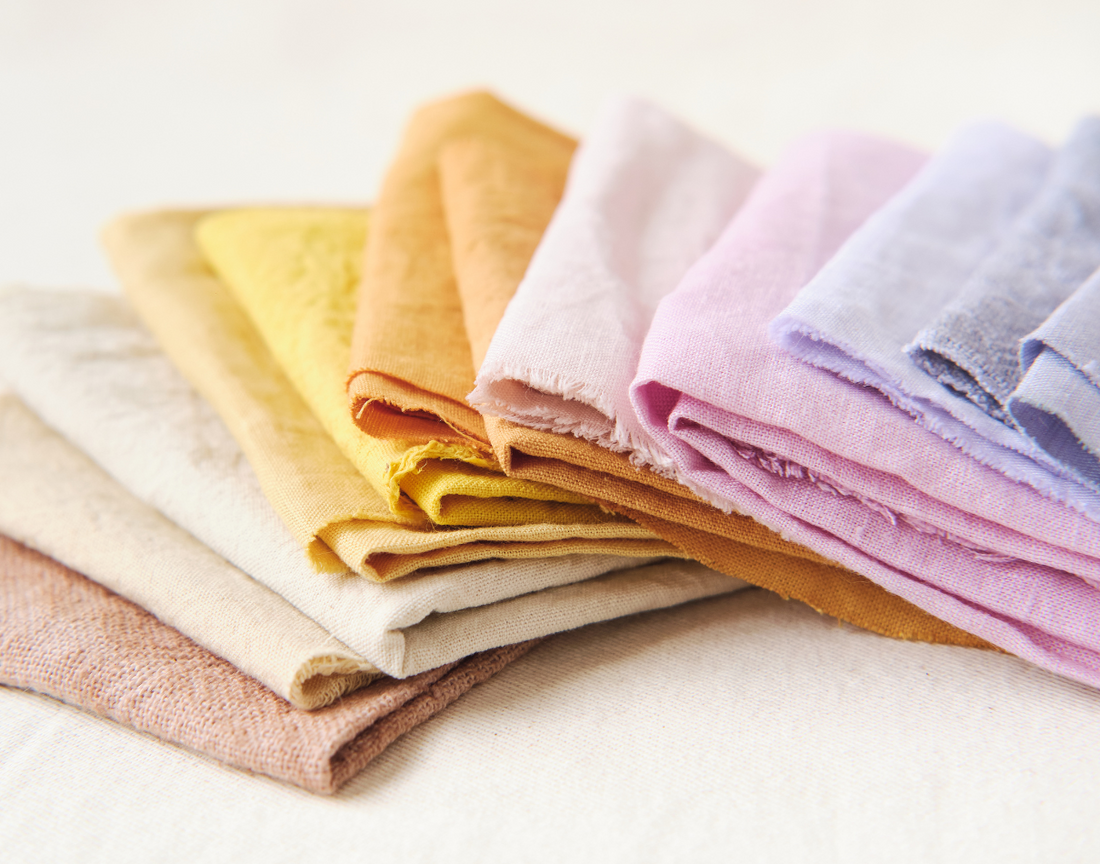Nowadays, more and more parents are focusing on eco-friendly and sustainable options when choosing clothes for their children. Environmental care and children's health are priorities, which is why ecological materials are becoming increasingly popular. In this article, we will explore the different types of sustainable materials that are ideal for children's clothing and their benefits.
1. Organic cotton
Organic cotton is one of the most widespread ecological materials used in children's clothing. It is grown without the use of synthetic pesticides and herbicides, which means that it is friendly to the environment and sensitive children's skin.
- Benefits :
- Hypoallergenic properties.
- Less toxic substances in clothing.
- Better breathability and absorbency.
- Support for organic farming.
2. Bamboo viscose
Bamboo viscose is a material derived from bamboo, which grows rapidly and does not require the use of pesticides. This material is soft, breathable, and has antibacterial properties.
- Benefits:
- Antibacterial and hypoallergenic properties.
- High absorbency and breathability.
- A rapidly renewable resource.

3. Linen
Linen is a natural fiber that is highly eco-friendly because its cultivation requires minimal water and chemicals. It is very durable and becomes softer with each wash.
- Benefits :
- High durability and long lifespan.
- Naturally hypoallergenic.
- Low environmental footprint in cultivation.

4. Tencel (Lyocell)
Tencel, also known as lyocell, is made from wood pulp, typically sourced from eucalyptus trees grown on sustainable plantations. This material is biodegradable and produced in a closed-loop process, minimizing waste.
- Benefits :
- Biodegradable.
- High breathability and absorption capabilities.
- Soft to the touch and hypoallergenic.

5. Recycled materials
Recycled materials , such as recycled polyester, are increasingly being used in children's clothing. These materials are made from recycled plastic bottles and other plastic waste, helping to reduce waste.
- Benefits :
- Reducing plastic waste.
- Conservation of natural resources.
- Durability and functionality.
Advantages of ecological materials
The use of ecological and sustainable materials in children's clothing brings a number of advantages for both children and the environment. The main benefits include:
- A healthier choice for children : Eco-friendly materials are often hypoallergenic and chemical-free, reducing the risk of irritation and allergic reactions.
- Environmental friendliness : Reducing the use of pesticides and chemicals, using less water and promoting sustainable agricultural practices.
- Supporting ecological farming methods : By choosing clothes made from sustainable materials, you support farmers and producers who care about the environment.
- Long life and durability : Many eco-friendly materials are very durable and last longer, which means less frequent shopping and less waste.
Conclusion
Investing in eco-friendly and sustainable children's clothing is not only about the health of your children, but also about protecting our planet. By choosing clothes made from organic cotton, bamboo viscose, linen, tencel or recycled materials, you can contribute to a better future for all of us. Be informed and choose with your heart and your mind – your choices have more impact than you might think.


